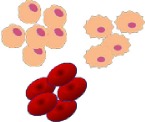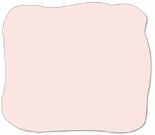Table 1.
Worldwide progress in the research, preclinical studies, and clinical application of the placenta-derived material.
| Forms of application of placental components | In research (https://www.ncbi.nlm.nih.gov/) 2017 |
Clinical trials (http://clinicaltrials.gov/) 2017 |
Pathology |
|---|---|---|---|

Cord blood cells |
>10,000 | 351 | Aplastic anemia, haematological malignancies, cancer, traumatic brain injury, virus infection, limb ischemia, stroke, and brain ischemia |
|
| |||

MSCs (derived from placental tissue, fetal membranes, Wharton's jelly, and amniotic fluid) |
>4000 | 39 | Diabetes mellitus, multiple sclerosis, myocardial infarction, strokes, peripheral neuropathy, trophic ulcers, Crohn's disease, graft-versus-host disease, and pulmonary fibrosis, limb ischemia, cardiomyopathy, knee osteoarthrosis, diabetes mellitus, amyotrophic lateral sclerosis, and erectile dysfunction |
|
| |||

Amniotic membrane |
>1900 | 114 | Corneal ulcers, corneal melting, injury, periodontitis, diabetic foot, foot ulcer burns, and adhesions |
|
| |||

Placental extract |
65 | 2 | Keratinocytes, wound healing, rheumatoid arthritis, intervertebral disc degeneration, and climacteric symptoms in premenopausal women |
|
| |||

Cord blood serum |
7 | 3 | Corneal epithelial wound |
|
| |||

Amniotic fluid |
4 | — | Preventing fibrosis, adhesion, nerve, and bone regeneration |
